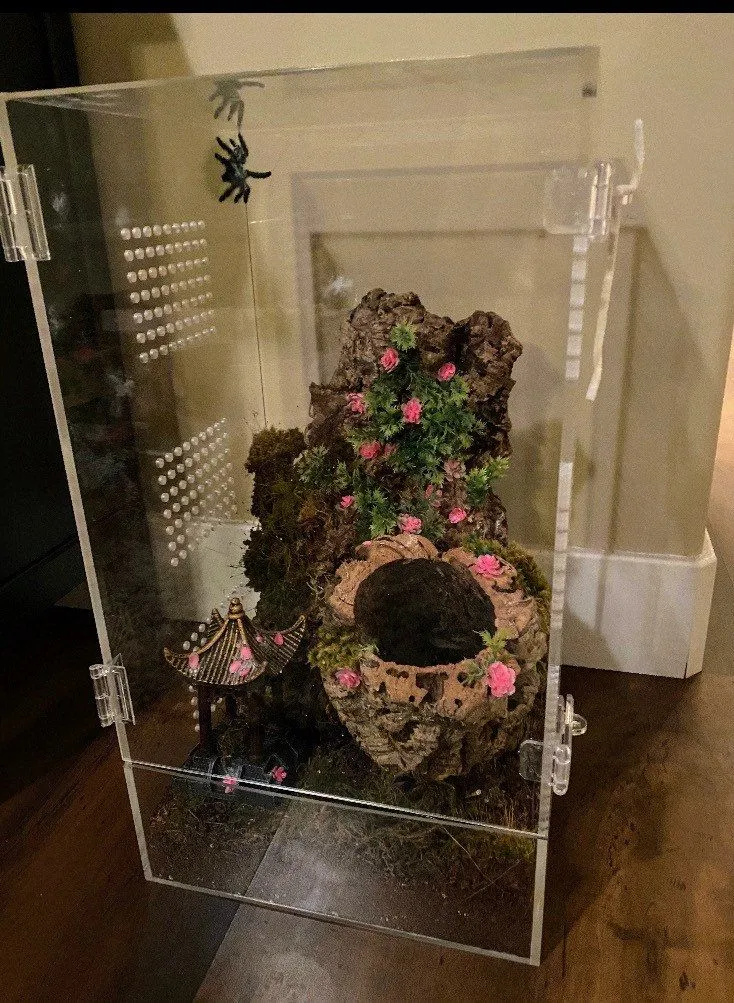What are Arboreal Tarantulas?
Arboreal tarantulas are fascinating creatures that have captivated the hearts of many animal enthusiasts. Unlike their terrestrial counterparts, these spiders have adapted to live in trees, making them unique pets for those interested in spider keeping. Their lifestyle and specialized needs differ significantly from other types of tarantulas, making understanding their specific requirements essential for their well-being. This guide will delve deep into the world of arboreal tarantulas, offering comprehensive insights into their care, habitat, and behavior. Whether you’re a seasoned arachnid keeper or a curious beginner, this guide will provide you with all the information you need to successfully care for these remarkable creatures and witness their captivating beauty.
Defining Arboreal Tarantulas
Arboreal tarantulas are spiders that live primarily in trees, shrubs, or other elevated structures. Their bodies and behaviors are adapted for this arboreal lifestyle. They typically have longer legs and a lighter build than terrestrial tarantulas, allowing them to navigate vertical surfaces with ease. They create silk retreats in trees, under bark, or in crevices, which serve as their homes. Their diet consists primarily of insects and other small invertebrates. These spiders are ambush predators, waiting patiently for their prey to come within striking distance. The vibrant colors and unique patterns of arboreal tarantulas also contribute to their appeal, making them a visually stunning addition to any collection. Their unique adaptations provide many opportunities for learning about their behaviour and needs.
Physical Characteristics of Arboreal Tarantulas
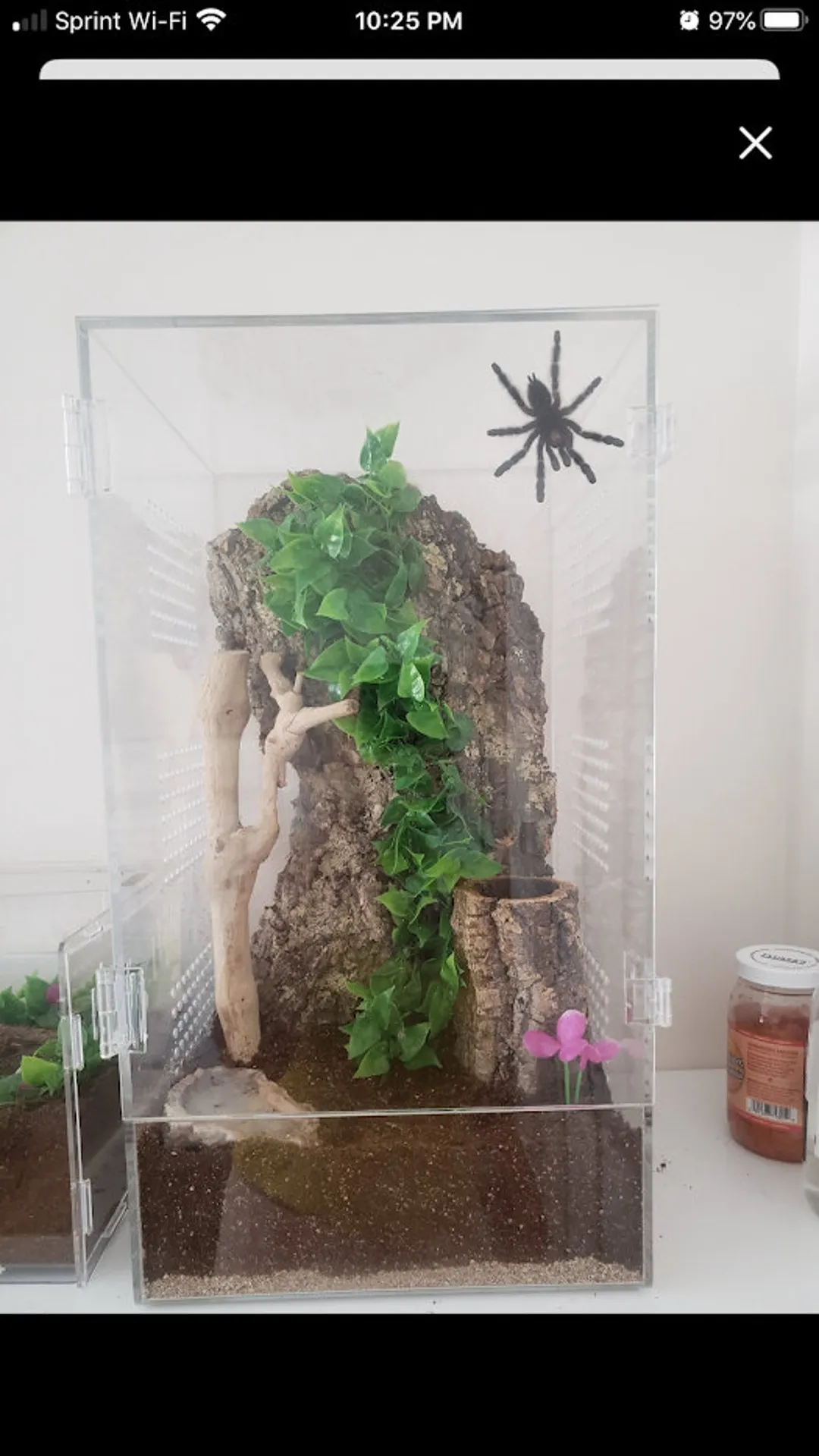
Arboreal tarantulas boast a range of physical traits that set them apart from terrestrial species. They generally have longer legs relative to their body size, providing them with exceptional climbing abilities. Their bodies are often more slender, facilitating movement through branches and tight spaces. Many arboreal species exhibit vibrant colors and striking patterns, likely as a form of camouflage or display. Some may have specialized hairs on their feet, which help them adhere to surfaces. Their fangs are often larger, which is an adaptation for capturing and subduing prey. Their pedipalps are often well developed to aid in sensory perception and prey manipulation. Understanding these physical characteristics is crucial for setting up an appropriate habitat and ensuring that your tarantula thrives.
Behavioral Traits
The behavior of arboreal tarantulas is as captivating as their appearance. They are typically ambush predators, patiently waiting for prey to come within striking range from their silk retreats. They are generally less prone to burrowing than terrestrial species, preferring to spend their time in elevated locations. Many arboreal tarantulas are quite defensive and can be quick to react to perceived threats. They are often most active during the night, although they may be seen during the day. They are known to create elaborate webs to catch food and create their homes. Studying their behavior in a safe and responsible manner can provide insights into their specific requirements for a successful captive environment. It is essential to recognize their defensive behavior and handling appropriately.
Choosing the Right Arboreal Tarantula
Selecting the right arboreal tarantula is an important step toward responsible pet ownership. Consider factors like your experience level, available space, and personal preferences. Some species are more docile and beginner-friendly, while others may require more advanced care and handling techniques. Research different species, including their temperament, size, and specific requirements. Make sure you are prepared to provide the necessary care, including proper enclosure, temperature and humidity control, and a suitable diet. Buying from a reputable breeder or supplier is also very important to ensure you get a healthy specimen. Carefully assess your lifestyle and commitment level to ensure that you can provide a suitable home for your new pet.
Factors to Consider Before Choosing
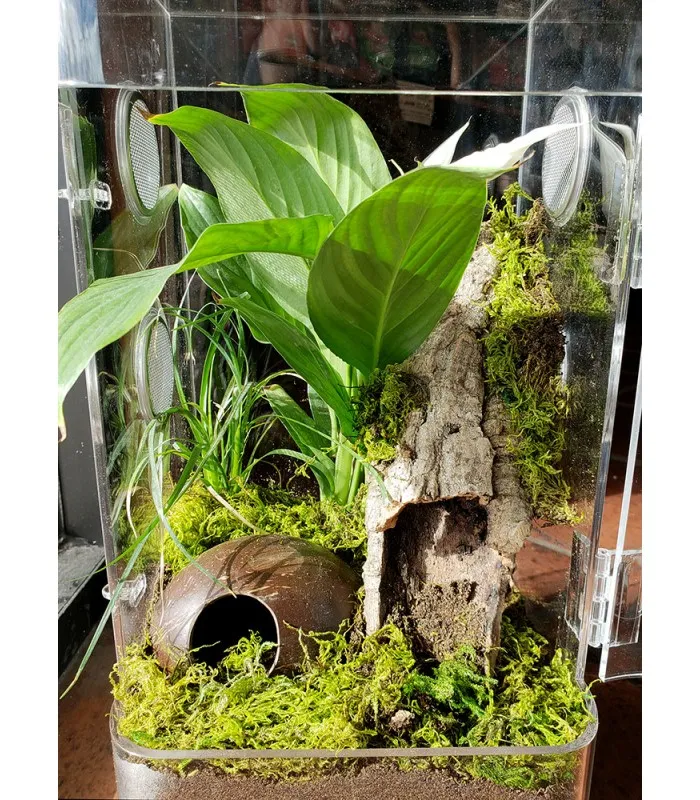
When selecting an arboreal tarantula, certain factors should influence your decision. Your experience level is a key consideration. Beginner-friendly species have calmer temperaments and are generally easier to care for. The size of your enclosure and available space will limit your options. Some species can grow quite large and require a lot of room. Consider the cost of the tarantula, the enclosure, and ongoing care. Research the species’ specific needs, including their preferred temperature, humidity, and diet. Determine how much time you can realistically dedicate to the daily tasks of tarantula care. Make sure you are comfortable with the potential risks of keeping a venomous spider, and be prepared to handle any emergencies that may arise.
Popular Arboreal Tarantula Species
Several species of arboreal tarantulas are popular choices for pet owners. The Pinktoe tarantula (Avicularia avicularia) is a well-known species, appreciated for its docile nature and stunning colors. The Greenbottle Blue tarantula (Chromatopelma cyaneopubescens) is also a visually striking species, known for its vibrant blue and green coloration. The Antilles Pinktoe tarantula (Caribena versicolor) is famous for its vibrant coloring. These species offer diverse options, with different care requirements and personalities. Always do thorough research on each species and determine which will best meet your needs. Consider the availability of these species and ensure you can get one from a reliable source.
Setting Up the Perfect Arboreal Tarantula Enclosure
Creating the ideal habitat is critical to the health and happiness of your arboreal tarantula. The setup should mimic their natural environment and provide them with comfort and security. Enclosure size, substrate, decor, temperature, and humidity are all important elements. Investing time in setting up the habitat properly will result in a healthier, happier tarantula that displays its natural behaviors. Correct enclosure setups also minimize the risks associated with keeping these animals.
Enclosure Size and Material
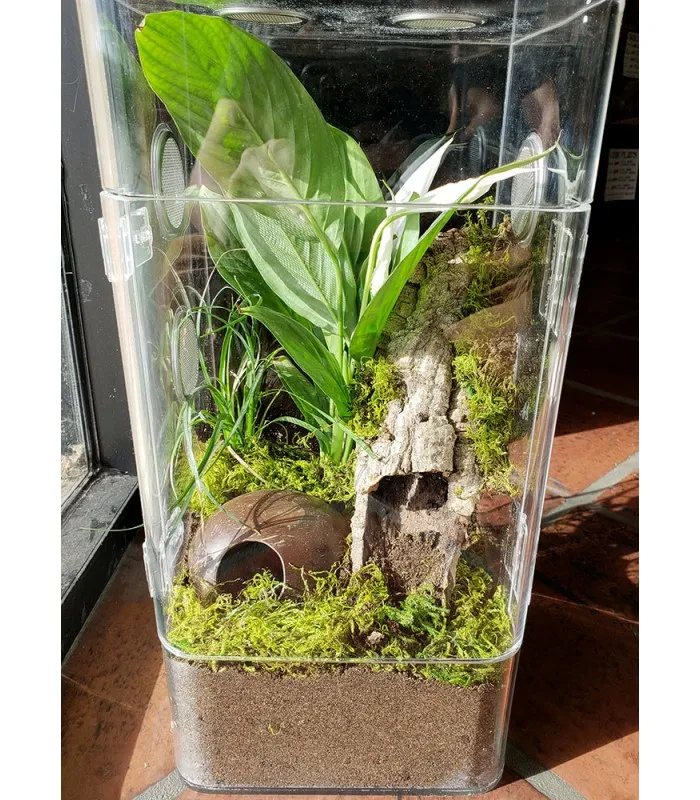
The enclosure should be tall rather than wide to accommodate the arboreal nature of the tarantula. The size will depend on the size of the spider. Generally, a terrarium at least twice the spider’s leg span in height is suitable. The enclosure should be made of glass or clear plastic. Ensure it is well-ventilated with a secure lid to prevent escape. Make sure that any ventilation holes are small enough to prevent the escape of food insects. The enclosure should be placed in a quiet area with no direct sunlight, minimizing stress for the spider.
Substrate and Decor
The substrate, or bedding, should retain humidity and provide a natural look to the enclosure. A mix of substrate like coconut fiber, peat moss, and sphagnum moss is ideal. Provide several inches of substrate to allow burrowing behavior. The decor should mimic the arboreal habitat. Include branches, cork bark, and artificial plants for climbing and shelter. These additions will give your tarantula places to hide and create a comfortable home. Avoid adding items that can potentially fall or collapse on the spider. Decor should be non-toxic, and easy to clean.
Temperature and Humidity
Arboreal tarantulas require a specific temperature and humidity range to thrive. The ideal temperature varies between species, but generally, 75-85°F (24-29°C) is suitable. Use a heat mat or a low-wattage heat lamp to maintain the temperature. The humidity level is important for their health. Use a hygrometer to monitor the humidity, which varies from 60-80%, dependent on the species. Misting the enclosure regularly or providing a water dish can maintain humidity. Avoid excessive humidity, as this can lead to mold growth. Proper ventilation is important to keep humidity levels at the correct levels.
Feeding Your Arboreal Tarantula
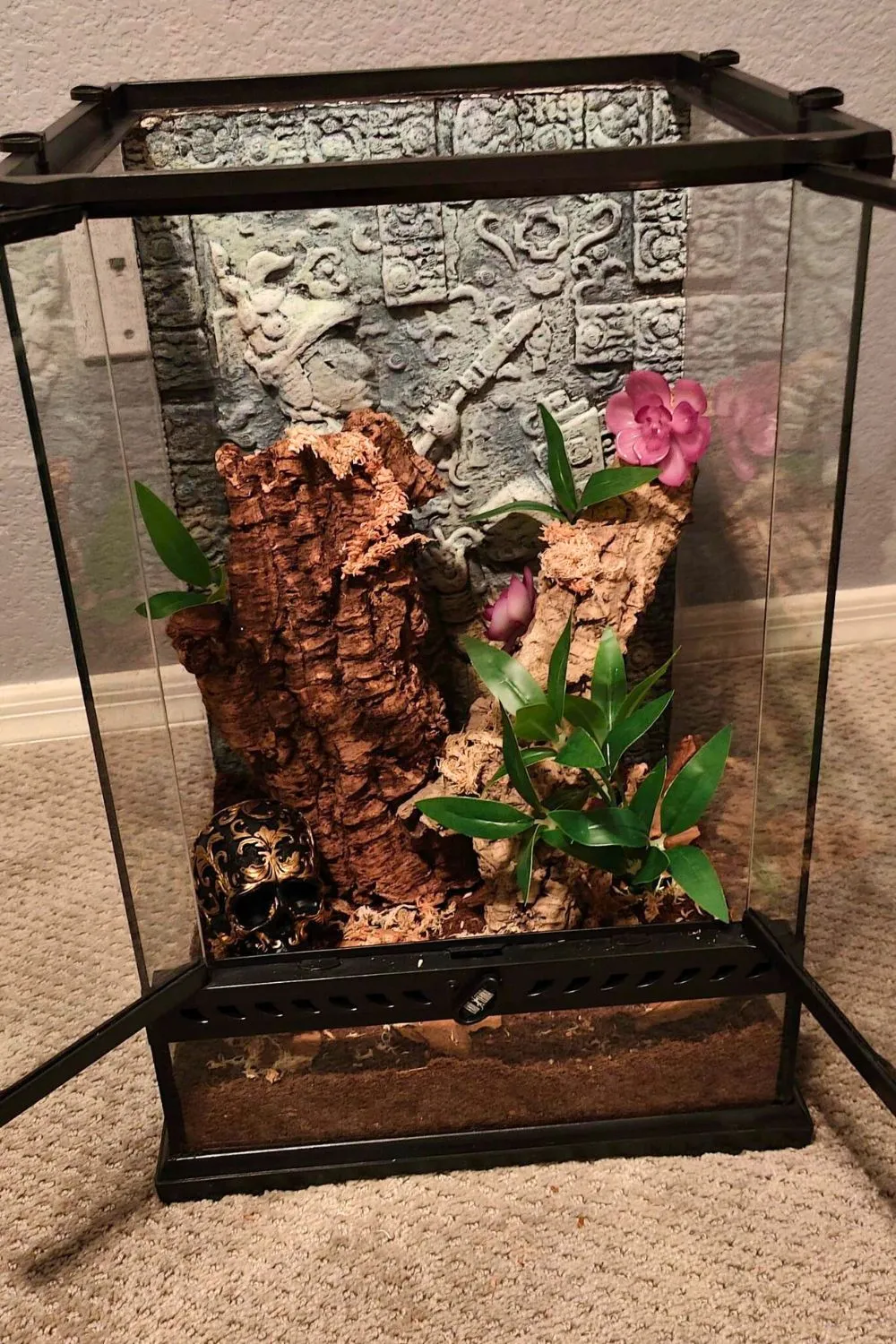
Providing a proper diet is essential for the health and development of your arboreal tarantula. A balanced diet ensures that the tarantula receives all the necessary nutrients to grow, molt, and thrive. The types of food offered, the frequency of feeding, and the provision of water are all important aspects. Always make sure that prey items are appropriately sized and that any uneaten food is removed from the enclosure to prevent the growth of mold or bacteria. A well-fed tarantula is a healthy tarantula.
What to Feed Your Tarantula
The main diet for arboreal tarantulas consists of live insects. Crickets, roaches, mealworms, and other commercially available insects are common choices. The size of the prey should be appropriate for the size of the spider. Generally, prey should be no larger than the tarantula’s body. Some keepers occasionally offer pre-killed insects. Variety in the diet is beneficial. Dust the insects with a calcium and vitamin supplement, especially during molting. Be careful when introducing new prey to your tarantula. Ensure that they are free from pesticides. Provide a shallow water dish, filled with clean water, for hydration.
Feeding Frequency and Techniques
The feeding frequency depends on the age and size of the tarantula. Spiderlings should be fed more frequently, usually every few days, while adult tarantulas can be fed less often, like once or twice a week. Observe your tarantula’s behavior and adjust the feeding schedule accordingly. Overfeeding should be avoided. Introduce insects one at a time. Remove any uneaten prey items after a day to prevent stress and mold. Ensure that the tarantula’s water dish is always full, as tarantulas require water to survive. Make sure to keep the enclosure clean.
Water and Hydration
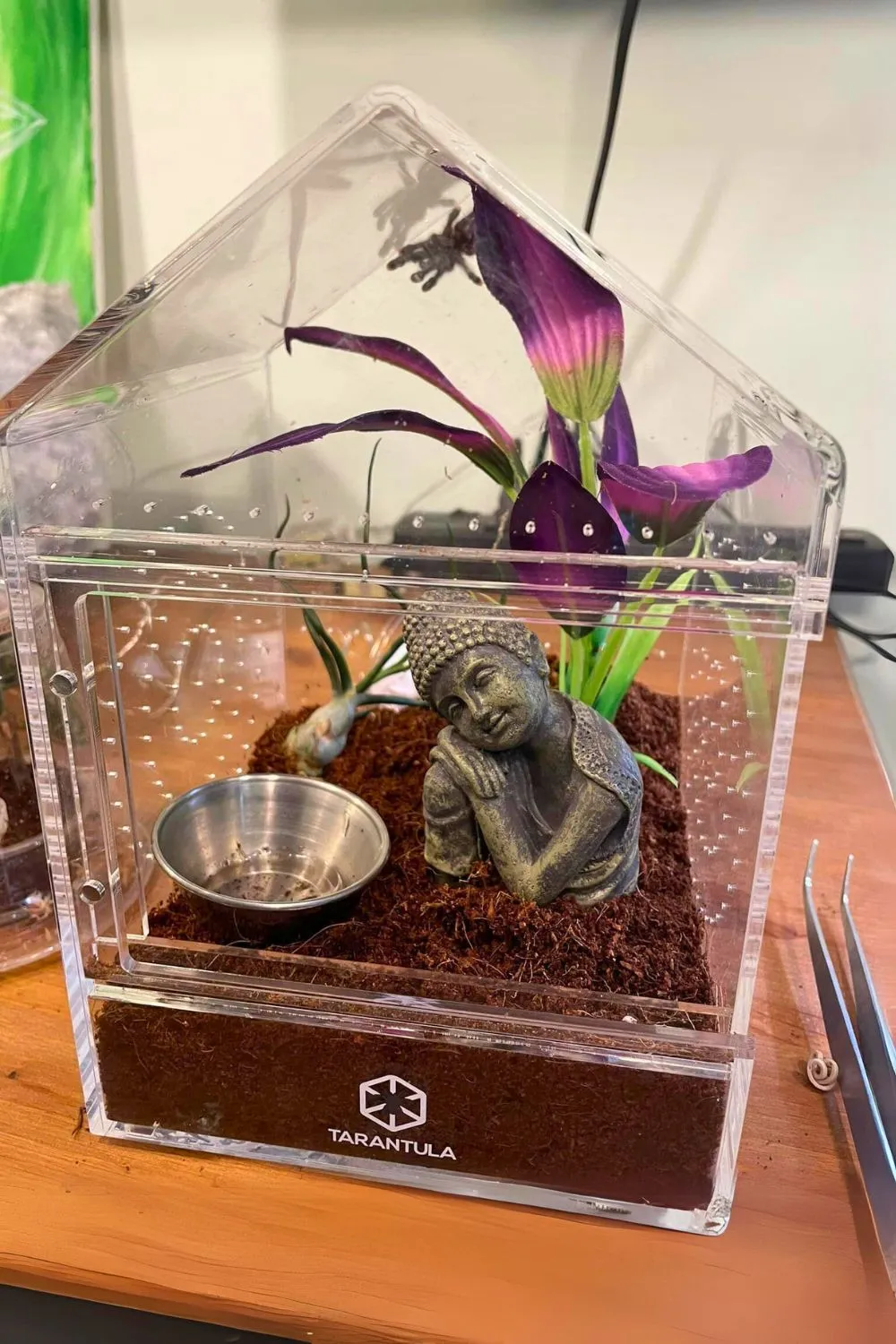
Hydration is important for the survival of your arboreal tarantula. They need access to a clean water source at all times. Provide a shallow water dish. The dish should be small enough to prevent drowning. Fill the water dish with fresh water daily. In dry environments, you may need to mist the enclosure to increase humidity. The misting should be done lightly to avoid making the enclosure overly wet. Watch for signs of dehydration like a shriveled abdomen or lack of activity. Always check for any signs of illness.
Caring for Your Arboreal Tarantula
Daily care and maintenance are critical to the long-term health of your arboreal tarantula. Routine care includes handling, recognizing the molting process, and promptly addressing any health concerns. Regular inspections of the enclosure, and the tarantula itself, will help you monitor the spider’s well-being and take any necessary action. Establishing a consistent care routine will not only maintain the health of your pet but also give you great joy. Learn about the tarantula’s behavior and understand the warning signs of any health problems.
Handling and Safety Precautions
Handling arboreal tarantulas should be done with caution. Most species have venomous bites, which can cause pain and other symptoms. Many species are also very skittish and can be quick to flee. It is best to avoid handling them unnecessarily. When handling is necessary, do so with extreme care. Handle them close to the ground in case of a fall. Wash your hands thoroughly before and after handling. Avoid irritating the tarantula, which could lead to a defensive reaction. Always supervise children, and teach them about the dangers of these spiders.
Molting Process
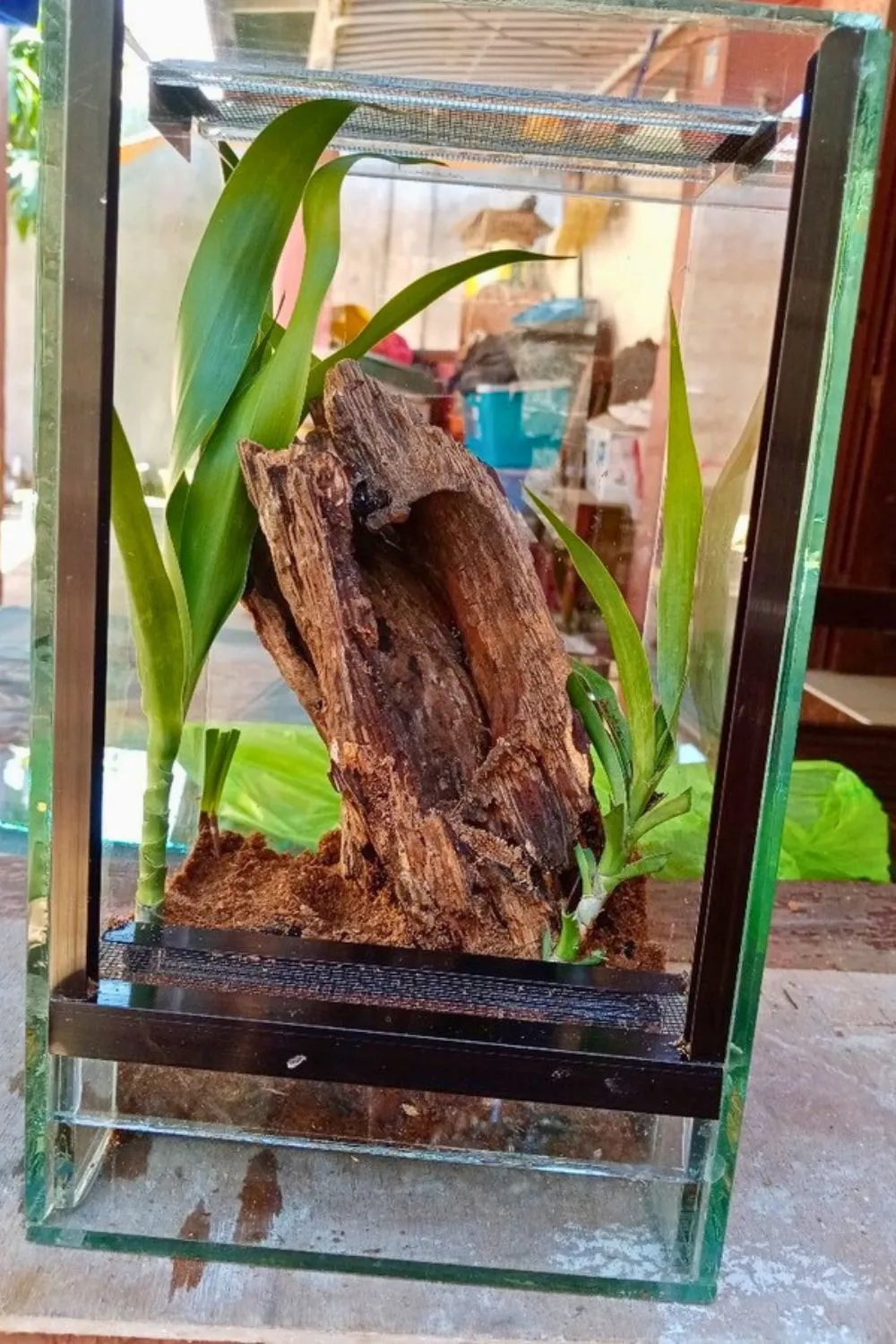
Molting is a natural process where tarantulas shed their exoskeletons to grow. The frequency of molting depends on the spider’s age and growth rate. Before molting, the tarantula may become less active, and lose its appetite. It might also create a web mat. During the molt, the spider will lie on its back. Do not disturb the tarantula during this period. After the molt, the tarantula will be vulnerable. Do not feed it for a week or two, until its fangs harden. Keep the enclosure humid during molting. Avoid handling the spider during or shortly after molting.
Health and Common Issues
Like any pet, arboreal tarantulas can develop health problems. Watch for signs of illness, such as lethargy, loss of appetite, or unusual behavior. Check for mites, which are external parasites that can affect tarantulas. Provide the correct temperature and humidity. Prevent and treat diseases by maintaining good hygiene. Common issues include fungal infections, dehydration, and parasitic infestations. Remove any uneaten food and clean the enclosure regularly to minimize the risk of problems. Consult an expert if you notice signs of illness.
Breeding Arboreal Tarantulas
Breeding arboreal tarantulas is a rewarding experience. It requires careful planning, proper care, and an understanding of the spiders’ breeding behaviors. Only experienced keepers should attempt breeding. The process involves the selection of suitable mates, mating, and the care of the eggs and spiderlings. If done correctly, breeding can be a great achievement. Research the specific requirements of the species you intend to breed. Prepare yourself for the responsibility of raising the spiderlings to adulthood.
Understanding the Breeding Process
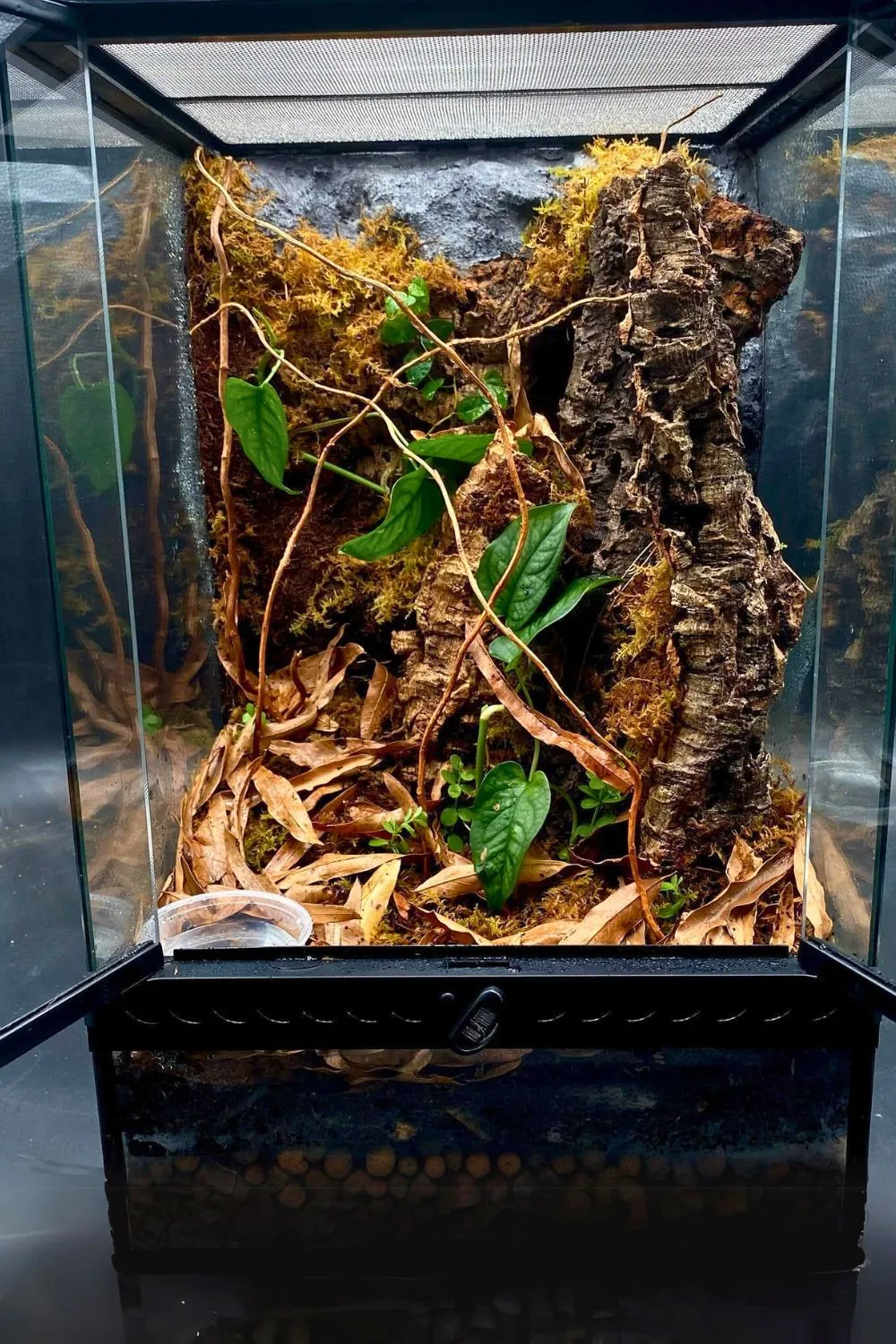
The breeding process starts with selecting healthy adult male and female tarantulas. The male will often signal his readiness to mate with a mating dance. The keeper must introduce the male to the female. The female may try to eat the male, so careful supervision is needed. If successful, the female will lay eggs in a silk sac. The keeper will need to incubate the eggs and provide care for the eggs until they hatch. It is a complex process that requires careful management and many responsibilities.
Raising Spiderlings
Raising spiderlings requires dedicated care and attention. The spiderlings must be moved to separate enclosures to prevent cannibalism. Feed them small prey, such as flightless fruit flies. Maintain correct humidity and temperature. The keeper must regularly clean the enclosures. It is important to monitor the spiderlings’ health and provide them with the proper environment to thrive. Only dedicated keepers should attempt breeding to ensure that the spiderlings have the best chance of survival. Be prepared to provide the spiderlings with a great environment.
